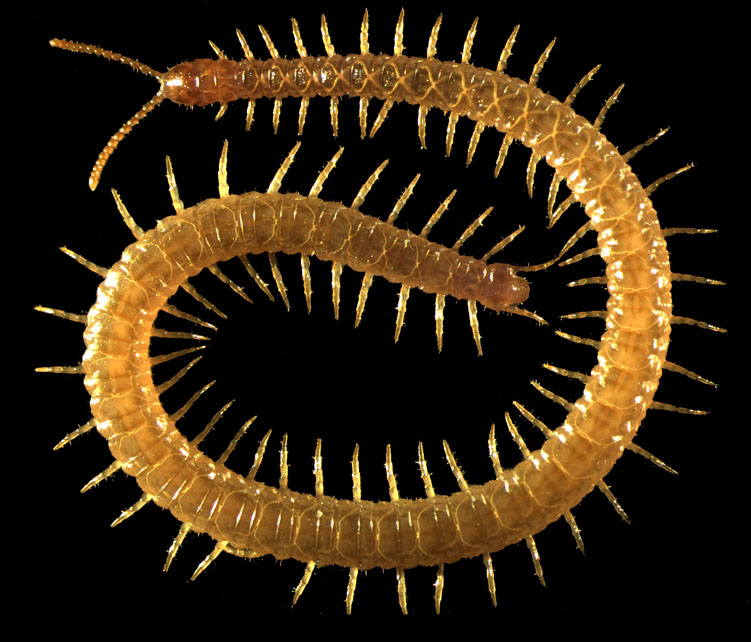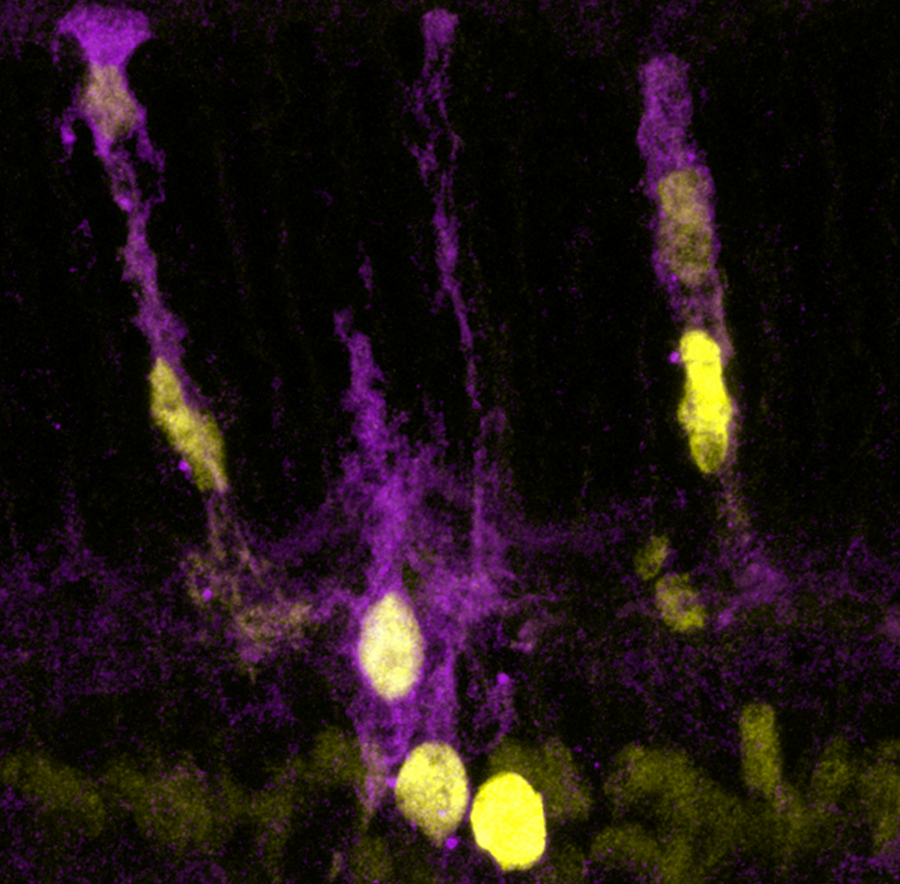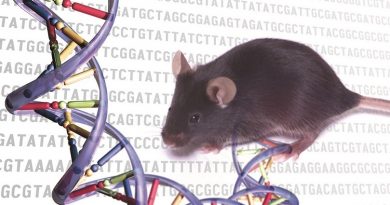Centipede genome gives evolutionary clues
By Ruth SoRelle, M.P.H.
The centipede’s dilemma
A centipede was happy – quite!
Until a toad in fun
Said, “Pray, which leg moves after which?”
This raised her doubts to such a pitch,
She fell exhausted in the ditch
Not knowing how to run. — Katherine Craster (1841–1874) in Pinafore Poems, 1871.

When an international scientific collaboration sought the first myriapod for genome sequencing they chose a blind Scottish centipede called Strigamia maritima, a venomous organisms that cares for its eggs. The resulting genome uncovered new clues about how they evolved, moved onto land and adapted to blindness. More than 100 researchers from 12 countries completed the project. They published their work online today in the journal PLOS Biology.
First myriapod
“This is the first myriapod and the last of the four classes of arthropods to have its genome sequenced,” said Dr. Stephen Richards, assistant professor in the Human Genome Sequencing Center at Baylor, where the sequencing of the project was completed, and the corresponding author on the report. “Arthropods are particularly interesting for scientific study because they diverged into more species than any other animal group as they adapted in many ways to conquer the planet. The genome of the myriapod in comparison with previously completed genomes of the other arthropod classes gives us an important view of the evolutionary changes of these exciting species.”

Dr. Ariel Chipman, of the Hebrew University of Jerusalem in Israel, Dr. David Ferrier of The University of St. Andrews in the United Kingdom, and Dr. Michael Akam of the University of Cambridge in the UK, together with Richards served as key players in the collaboration.
“The arthropods have been around for over 500 million years and the relationship between the different groups and early evolution of the species is not really well understood,” said Chipman, associate professor at the Hebrew University. “We have good sampling of insects but this is the first time a centipede, one of the more simple arthropods – simple in terms of body plan, no wings, simple repetitive segments, etc. — has been sequenced. This is a more conservative genome, not necessarily ancient or primitive, but one that has retained ancient features more than other groups.”
Fossil evidence
“From fossil evidence, we know the myriapods are one of three independent arthropod invasions of the land (from the sea), in addition to the insects and spiders. So they had to find a way to smell chemicals in air, rather than taste them in water. The team identified large gene expansions of the gustatory (taste) receptors suspected to fill the olfactory role that olfactory (smell) receptors play in insects,” Richards said. “This is a nice example of parallel evolution where different group of genes expanded, providing a different solution to the same problem.”
One interesting finding revolved around this particular centipede group losing its eyes at least 200 million years ago.
No genes related solely to vision were found in the genome, and interestingly, genes related to the circadian clock were also missing. The circadian clock regulates sleep relying on light input to synchronize with day and night.
“This teaches us about how evolution works and how things change, how things can be conserved and others lost,” said Chipman. “In general, this just gives us a better understanding of biology and how it works over long periods of time.”
Live underground
“Strigamia (centipedes) live underground and have no eyes, so it is not surprising that many of the genes for light receptors are missing, but they behave as if they are hiding from the light. They must have some alternative way of detecting when they are exposed,” says Akam, head of zoology at Cambridge and one of the lead researchers.
“It’s curious, too, that this creature appears to have no body clock – or if it does, it must use a system very different to other animals.”
The centipede’s genome sequence is of more than just scientific interest, said Akam.
“Some of its genes may be of direct use. All centipedes inject venom to paralyse their prey,” he explains. “Components of venom often make powerful drugs, and the centipede genome will help researchers find these venom genes.”
The majority of funding for this work was provided by a grant from the National Human Genome Research Institute to Baylor College of Medicine’s Human Genome Sequencing Center.



